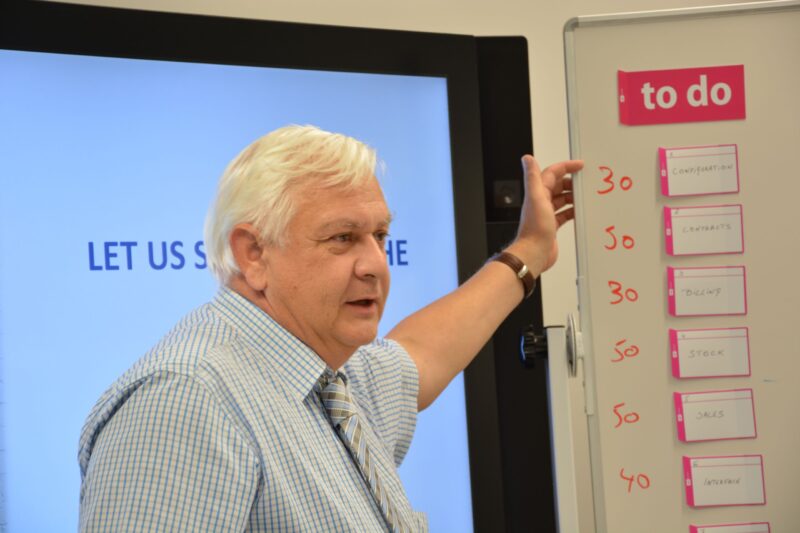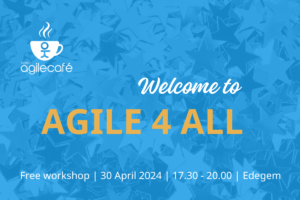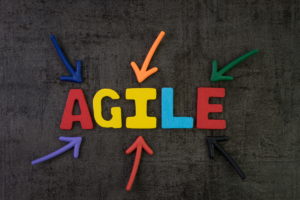An Agile project manager responds more quickly
In the final quarter of his career, Kris Vunckx started working as an Agile project manager for Equalminds clients. That’s when all the pieces of the puzzle fell into place for him.
Meet kris
Kris graduated in 1982 as an industrial engineer in chemical process optimization. He was working as a researcher on toxicology and microbiology when he first came into contact with networking and programming. That’s how he ended up in the IT sector. He spent time as a programmer in pharmaceuticals and retail, where he gradually shifted toward project management, and through various employers, he worked on numerous projects, including in health care.
Nine years ago, Kris came in contact with Equalminds. “I already knew a bit about scrum,” he says, “but not a lot. When I first heard about Equalminds’ approach, it immediately clicked with me. What they were doing seemed much more fun than regular, classic project management.”
Kris worked with Equalminds for the first time on an Agile project at Eandis. Later, major projects followed at Isabel, Belfius, and AG, where he was responsible for training and Agile coaching, among other things. His last major assignment before he retires is at Toyota Motor Europe, as a portfolio coach.
Appearances can be deceiving
“Many companies claim that they work Agile,” says Kris, “but that’s often not entirely true. What they do is try to make the waterfall method Agile. They adopt a silo-based version of Agile working.” The result of this approach is obvious. “If you have a good project team, you as the project manager quickly get the idea that things are running smoothly. But in practice, that’s often an illusion.”
When it’s time to deliver a small increment of software, for example, all the lights may suddenly turn red. “You only see that in the waterfall method when you’re already at quite an advanced stage, namely when you start testing.
And then, of course, there’s often no time left to make the necessary adjustments, as the deadline gets closer and closer. That’s the most painful moment for the classic project manager. At that moment, you’re getting pressure from both the users and management.”
The right priorities
The big difference with the waterfall approach is that the Agile way of working introduces testing much earlier in the cycle. This ensures that all errors are resolved before a project enters the final phase. “The Agile approach also allows you to prioritize better,” explains Kris. “You finish the most important elements — those with the greatest ROI — first. They’re the first to be delivered and approved.” This makes it possible to achieve your objectives more quickly. Everything that follows is included but isn’t crucial.
Because of this, as an Agile project manager, you can react more quickly. Of course, issues still arise with Agile projects, but they surface more quickly — not only at the end of the process. This means you can solve them faster. Moreover, the responsibility lies with the entire team rather than with the project manager alone. “Perhaps that’s the most exciting thing about this whole way of working,” Kris concludes. “With classic project management, the lessons learned inevitably disappear into a cupboard somewhere after the project has been delivered. It’s a completely different story with Agile. After every sprint, there’s time to look back and adjust. This allows you to learn quickly and refine your prioritization time and again.”
Did you get curious about what our Agile project management can do for your organization? Contact us!
Are you eager to know all about our services? Click here.



